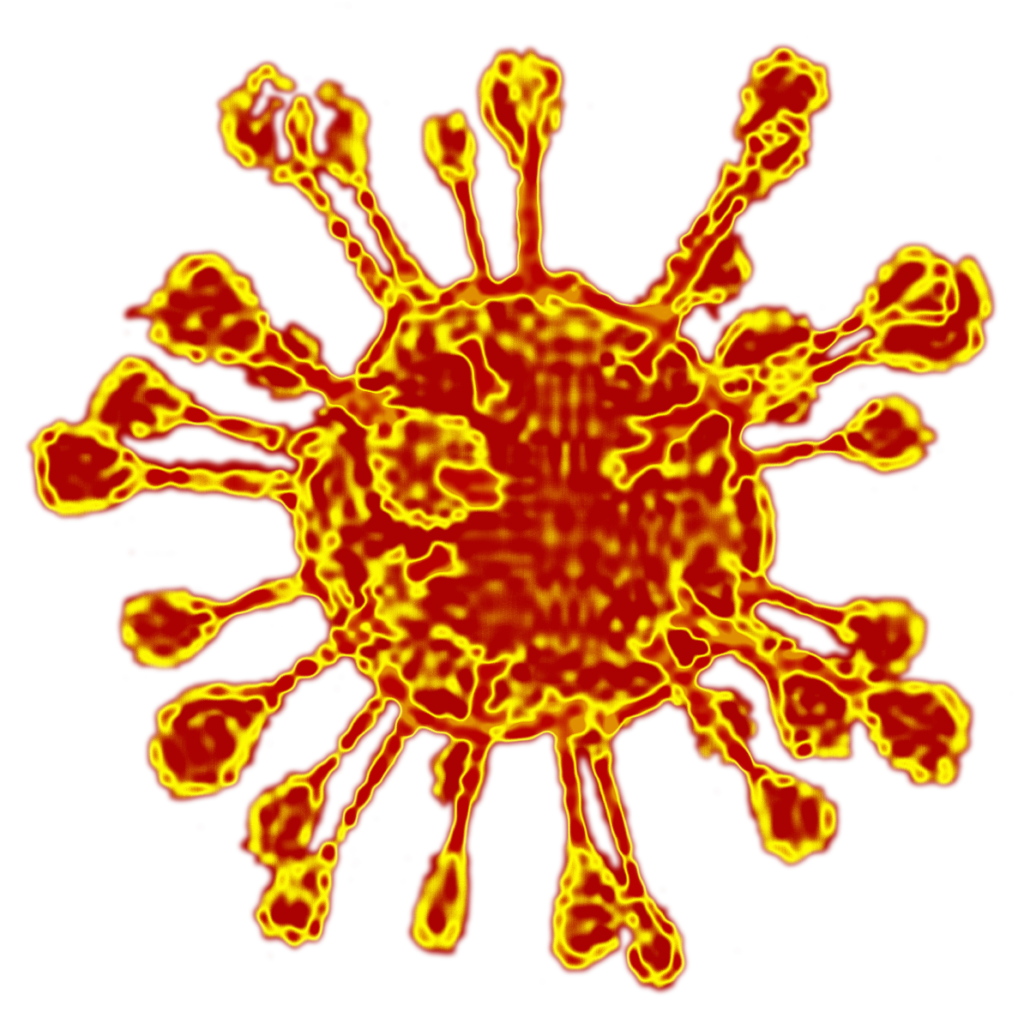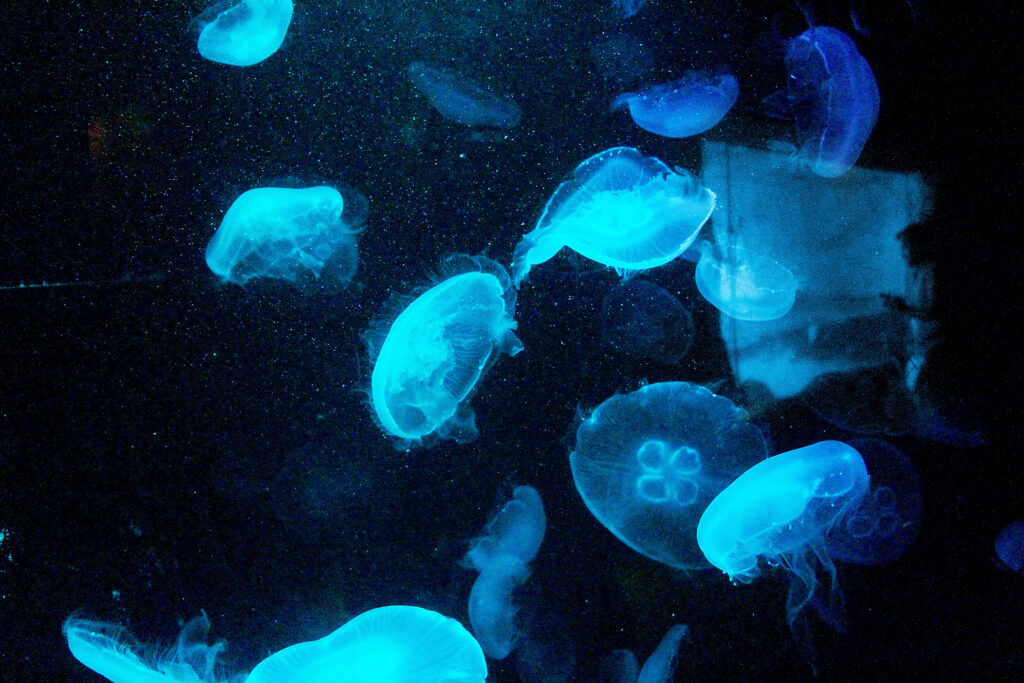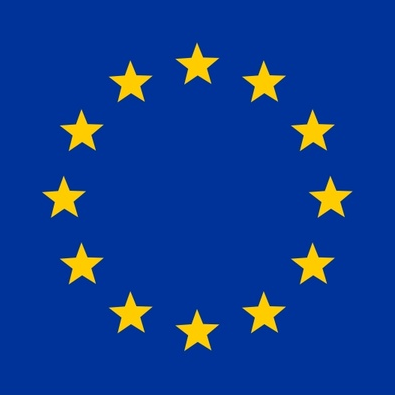With Viso’s LabSpion goniophotometer combined with the new LabSensor UV-VIS you can test visual light and do UV measurements in one session. This special sensor allows for full 3D light distribution and color measurements including UV from 200 nm to 850 nm. Read more here: 2020 Product Leaflet_LabSensor UV-VIS.
Different kinds of UV light
It has been know for a long time that ultraviolet light with a short wavelength, the so-called UV-C rays, can kill bacteria and virusses. Some naturally occurring UV-B rays may have an even better antibiotic effect according to Technical University of Denmark and partners from the Department of Dentistry at the University of Copenhagen.
Ultraviolet light is in the invisible range with wavelengths from 400 to 100 nanometers. The UV-A rays have the longest wavelength. They also penetrate the farthest into the skin, where they help to make us brown – or possibly sunburned.
The UV-B rays, with their shorter wavelength, can do more damage. They are stopped to a certain degree by the ozone layer. The part that reaches the Earth’s surface is the prerequisite for humans to form the important vitamin D. This vitamin is linked to more and more vital functions.
The UV-C rays have the shortest wavelength and are therefore the most dangerous. They can damage the cells’ DNA or RNA. They are also held back by the ozone layer so that they do not reach the Earth. But they can be recreated using LEDs and flourescent light sources. These lamps are used today for purifying water, curing glues or sterilizing surgical instruments.
Using a goniometer for UV measurements

With relatively cheap handheld instruments you can measure UV light in points. But UV measurements like that will just give you limited information about the spacial distribution of UV light. With a goniometer setup like Viso LabSpion combined with a UV sensor (or a UV-VIS sensor) you will be in full control. The 3D results will enable you or your clients to design desinfection systems or scenarios where no corner is missed.
In other applications such a UV curing of glues and plastics doses are equally important – not too much, not too little. 3D UV light distributions are the basis of professional curing results.


